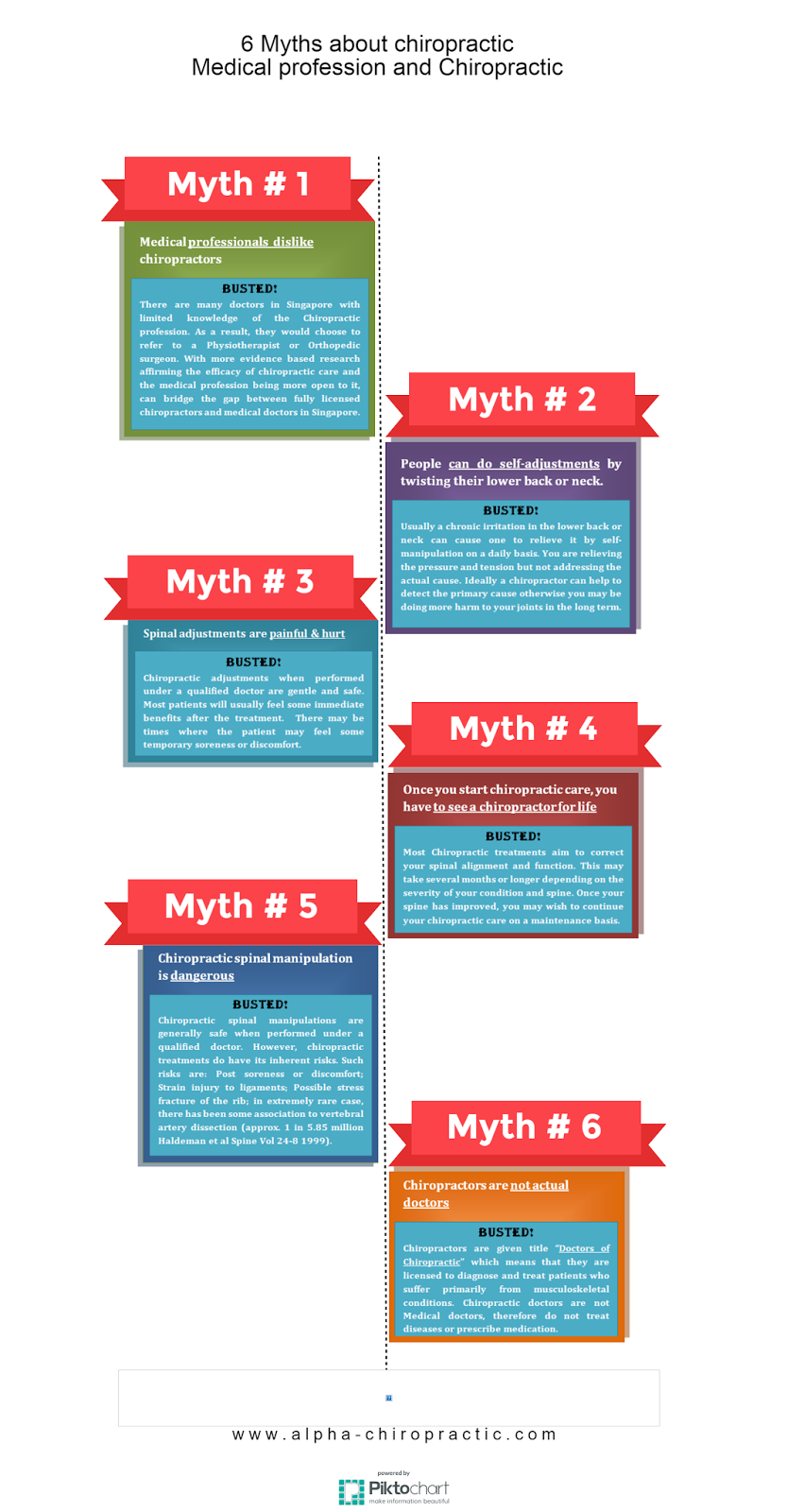Actions To Style An Ergonomic Work Area That Minimizes Neck Pain: A Comprehensive Guide
Actions To Style An Ergonomic Work Area That Minimizes Neck Pain: A Comprehensive Guide
Blog Article
Staff Writer-Wynn Joseph
To prevent neck discomfort at your workstation, ensuring your setup is ergonomically sound is vital. Imagine an office where each component is tailored to support your body's alignment and minimize stress. By complying with a couple of basic steps, you can change your desk area right into a haven of convenience and performance. However just how specifically can you accomplish this harmonious equilibrium between job and wellness? Let's explore the essential tips to create an ergonomic office that will maintain neck discomfort at bay.
Assess Your Existing Configuration
Wondering if your existing work area is adding to your neck pain? Take a minute to review your configuration. Beginning by considering your computer display. Is it at eye level, or do you find yourself constantly looking up or down? Change the screen so that your look is naturally in line with the top of the display.
Next off, consider your chair. Are you slumping over or hunching over while you work? Your chair must support your lower back and advertise excellent position. Readjust the height to make sure that your feet are flat on the flooring and your knees go to a 90-degree angle.
Take note of the placement of your key-board and computer mouse. Are they within very easy reach, or are you constantly reaching and stressing your arms and shoulders? Maintain these tools near your body to reduce unneeded activities.
Finally, think of your lights. Is it as well brilliant or too dim? Correct lighting can minimize eye strain and alleviate stress in your neck. Make these tiny changes to produce an extra ergonomic office and aid alleviate your neck discomfort.
Change Your Chair and Desk
To create a more ergonomic office and decrease neck pain, ensuring appropriate modification of your chair and workdesk is crucial. Begin by readjusting your chair to ensure that your feet remainder level on the floor, knees are at a 90-degree angle, and your reduced back is sustained by the chair's lumbar assistance. Your workdesk needs to go to joint height to maintain proper arm placement and lower stress on your neck and shoulders. Make certain there's enough area under the desk for your legs to move comfortably.
When readjusting linked web site , guarantee your wrists remain straight while inputting and making use of the computer mouse. Your display needs to be at eye level, concerning an arm's size away, to prevent you from stressing your neck by looking down or up. Maintain your keyboard and computer mouse close to prevent overreaching, which can trigger shoulder and neck discomfort.
Remember to take breaks and stretch periodically to prevent rigidity and promote blood circulation. By properly changing your chair and workdesk, you can produce a workspace that supports good position and reduces the risk of neck discomfort.
Position Your Display and Key-board
For ideal functional designs and to ease neck pressure, correct positioning of your display and key-board is necessary in your workspace setup. Begin by positioning your screen directly in front of you at arm's size away, ensuring the top of the display goes to or somewhat listed below eye level. This helps in reducing pressure on your neck by keeping it in a neutral setting.
Recommended Reading -board to make sure that your elbows are bent at a 90-degree angle and your wrists are straight while inputting. Your key-board must be put at a height that enables your shoulders to stay kicked back and your arms to be alongside the flooring. Furthermore, ensure the mouse is put alongside your keyboard at the very same level to avoid reaching or twisting.
Remember to take short breaks to stretch and adjust your pose throughout the day, keeping good positioning and avoiding neck discomfort. A well-organized office with correctly positioned monitor and key-board can significantly impact your convenience and performance.
Conclusion
To conclude, by adhering to these easy actions to create an ergonomic office, you can dramatically reduce neck pain and pain. Bear in mind to assess your existing setup, readjust your chair and workdesk, and position your screen and keyboard properly. By taking these proactive measures, you can improve your overall convenience and efficiency while functioning.
